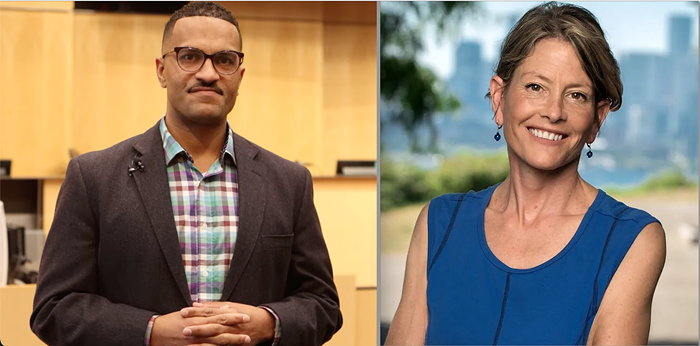Caucuses are confusing. First, you have to find out where you're actually supposed to be. Then, when you get there, you'll be in some decrepit church basement or cheerless community meeting room, getting hassled about your vote by people who are masters of convoluted rules that you don't even begin to understand. Never fear; this guide should make your big day of democracy a lot easier and a whole lot less intimidating.
THE BASICS
The caucuses for both parties kick off at 1:00 p.m. on Saturday, February 9. Arrive early, or, at the very least, precisely on time. Democracy doesn't care about your excuses for tardiness.
To be eligible to attend a caucus, you must be registered to vote. Not currently registered? You can register to vote at your caucus site—but if you're planning to do that, arrive early. If you're not 18 yet, but are going to be 18 by the time of the election in November, you can participate.
To find your caucus site, simply figure out your current address. That's the place where you live, stoner. This will help you find your precinct, which will help you find your caucus location. If you're a registered Democrat, use this handy website to figure out where you're going: www.wa-democrats.org/caucusfinder. If you’re not registered yet, try this site: 41dems.org/gmap/caucus.html. If you're a Republican, ask your party why it doesn't offer a statewide locator online. (Although the six Republicans in King County can turn here for help: www.kcgop.org/caucus_locator.html.)
At the caucus, you will be made to sign a pledge related to your party affiliation. Don't worry. You can still vote for whomever you want in November.
SO, I'M THERE
You'll be asked to sign in and declare your support for a candidate, or decide to proceed as "uncommitted."
Next, you'll divide up into candidate groups: Clinton. Obama. Mike Gravel Forever. You just stand with your group, listen to some speeches, and wait for your precinct committee officer to do some fancy math—your precinct's total delegates will be divvied up among Clinton, Obama, and Mike Gravel Forever proportionally, based on the number of delegates your precinct has and the number of people in the respective groups.
Unlike 2004, there is no flat 15 percent prerequisite for a candidate to be viable, but there is a threshold based on that afternoon's turnout at your location. You have a right to change groups before delegates are apportioned. Speech time would be a good time to do this. If some candidates aren't viable, all the delegates will be divvied up among the viable candidates.
Shouldn't take more than an hour. Presto: Democracy served.
WHAT ABOUT THE PRIMARY?
Washington has both a primary and a caucus. If you're a Democrat, you can safely ignore the primary altogether, as it doesn't award any delegates. If you're a Republican, 51 percent of your party's delegates will be awarded by your party's primary. While you can vote in both the primary and the caucus, you'll have to stick with the same party for both—unless you have a Mormon conversion between February 9 (the caucus) and February 19 (the primary) in which case, vote for Romney. Please.![]()
Still confused? Call the Democratic caucus hotline, (206) 583-4345, or the Republican state party, (206) 575-2900.


















